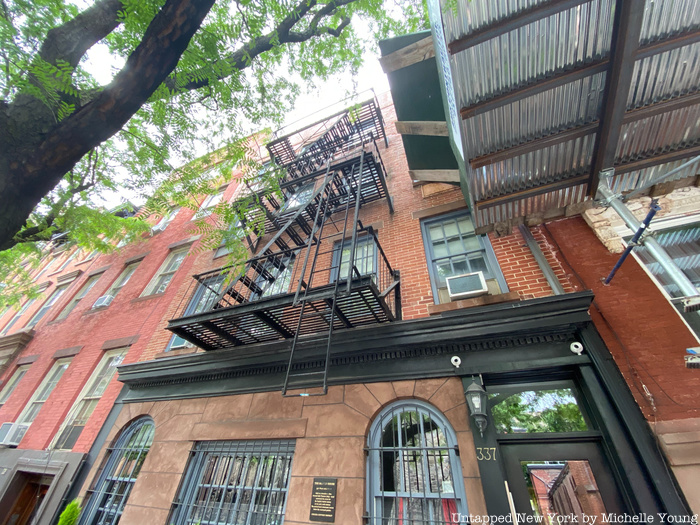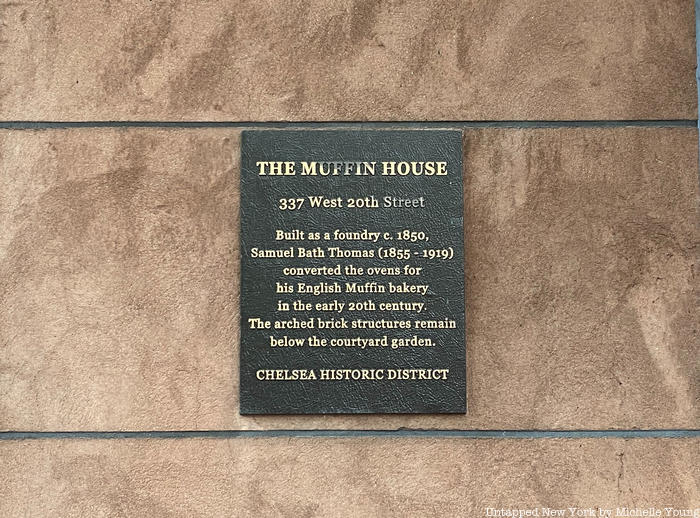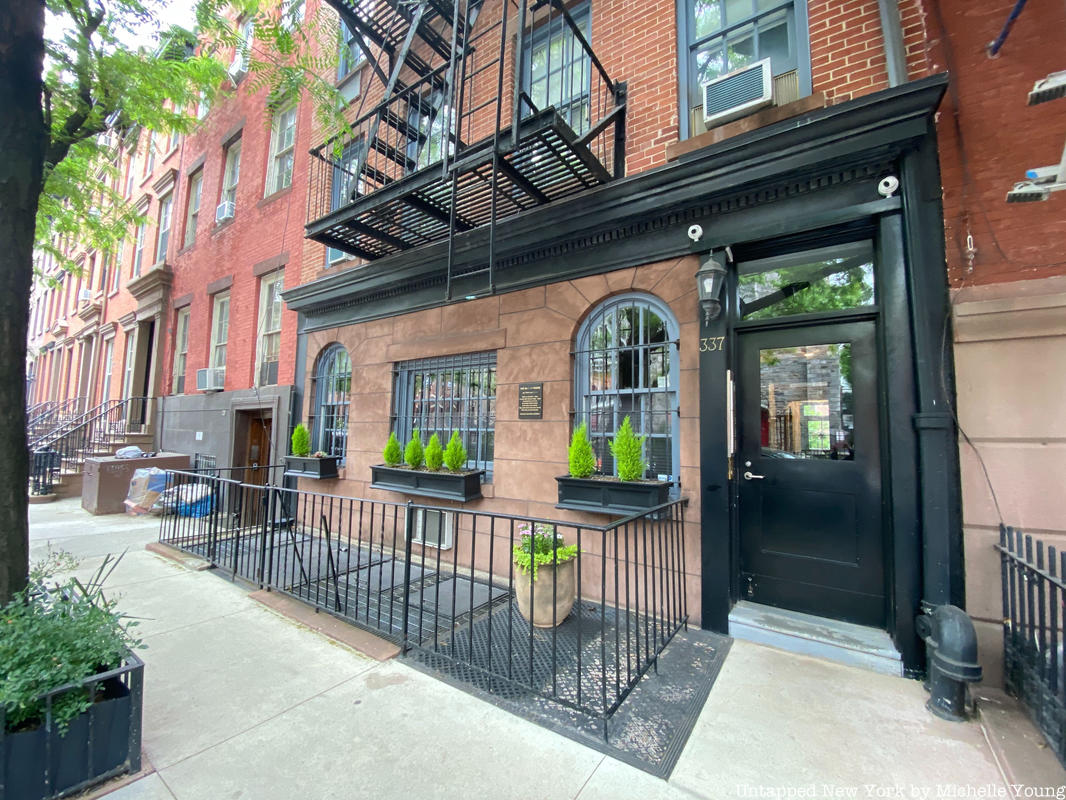Do you know the muffin man? To many, this is a nursery rhyme rather than a real question, calling to mind childhood memories of sitting through story time or watching Shrek. However, this is not the case for the residents of 337 West 20th Street, a Chelsea co-op that has been nicknamed “The Muffin House.” To these people, the question is a much more real inquiry, one that links the story of their current homes back to that of one of America’s most famous bakers.

Thomas’ English Muffins are a breakfast time staple, famous for their ‘nooks and crannies’ and horse and carriage advertising. However, despite the name recognition Thomas’ enjoys today, the brand’s history is one of humble New York origin. Samuel Bath Thomas immigrated to New York City from England in 1874 (hence the ‘English’ part of the title) with little to his name and a secret recipe in tow. In 1880, he opened his first bakery in New York at 163 9th Avenue, yet as the muffins boomed in popularity throughout the city and its surrounding areas, Thomas saw it fit to expand to another location. In the early 20th century, Thomas’ purchased the building at 337 West 20th Street to help expand production. The property had an oven already built into its basement, making it a perfect fit for the planned expansion.

However, while the oven may have made 337 West 20th Street an attractive purchase to Thomas, it has since become an old relic that came very close to being forgotten by history. In fact, it took until 2006 for the building’s story to be recovered, and even then, it was by accident. Mike Kinnane and Kerry McInerney were making renovations to their ground floor apartment when they first caught a glimpse of the oven’s hundred-year-old bricks that laid dormant beneath their feet. The couple called on the help of an urban archaeologist and later an engineer from George Weston, the current parent company of Thomas’, to offer an official assessment on their findings (detailed in a story originally published by The New York Times).

It was determined that the oven was indeed used by Thomas’ as the center of its second bakery. It was also determined that the building and its oven were originally constructed as a foundry in 1850. To celebrate these discoveries, 337 West 20th Street was adorned with a plaque designating it as ‘The Muffin House’, offering some details of its history to passerby making their way through the streets of Chelsea.

The building now acts as a co-op and, in many ways, holds secrets that extend beyond the oven. It houses eleven units that, while listed as one-bedroom, come closer to being studio apartments thanks to partitions that separate the kitchen, living room, and bedroom areas. The last time a unit went on the market was 2017, with the steep asking price of $950,000. However, the building’s other most valuable hidden treasure is the tranquil courtyard that sits quietly behind it. Reserved for building residents, the courtyard sits on top of the subterranean oven that the building is now famous for and acts as a small oasis for those that now call ‘The Muffin House’ home.
337 West 20th Street may have the look of a quaint townhouse, but it stands as a unique example of the quiet stories a building in New York can tell. The Muffin House is a Chelsea townhouse with a courtyard concealed from the street, an oven stowed beneath the floorboards, and history hidden between its bricks.
Next, check out Two Yonkers Homes Are the Only Remnants of a Lost Funicular Railway!






